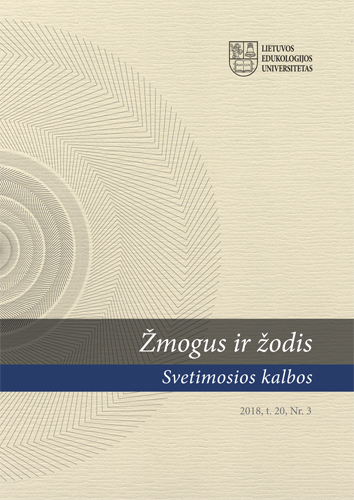Liminality in Angela Carter’s Collection of Stories The Bloody Chamber
Liminality in Angela Carter’s Collection of Stories The Bloody Chamber
Author(s): Daina MiniotaitėSubject(s): British Literature
Published by: Vytauto Didžiojo Universitetas
Keywords: liminality; liminal experience; liminal human beings; half-beings; beasts; werewolves; vampires;
Summary/Abstract: The article explores the theme of liminality – liminal experience and liminal human beings in Angela Carter’s collection of stories The Bloody Chamber in an attempt to reveal the complexity of human – female and male – identity, its transformations and outcomes. In literary and cultural theory, liminality is defined as a “space or state which is situated in between other, usually more clearly defined, spaces, periods or identities.” Thus, liminal human beings do not have one form of existence, they are naturally ambiguous. In the stories, Carter investigates liminality through half-beings who represent two sides of personality which are at odds with each other and do not make a harmonious whole, as well as the image of the bloody chamber. Moreover, neither of the character’s states is fully accepted. Carter considers the ways how to deal with each of them in order to regain integrity of mind and claim their full humanity.
Journal: Žmogus ir žodis
- Issue Year: 20/2018
- Issue No: 3
- Page Range: 46-59
- Page Count: 14
- Language: English

